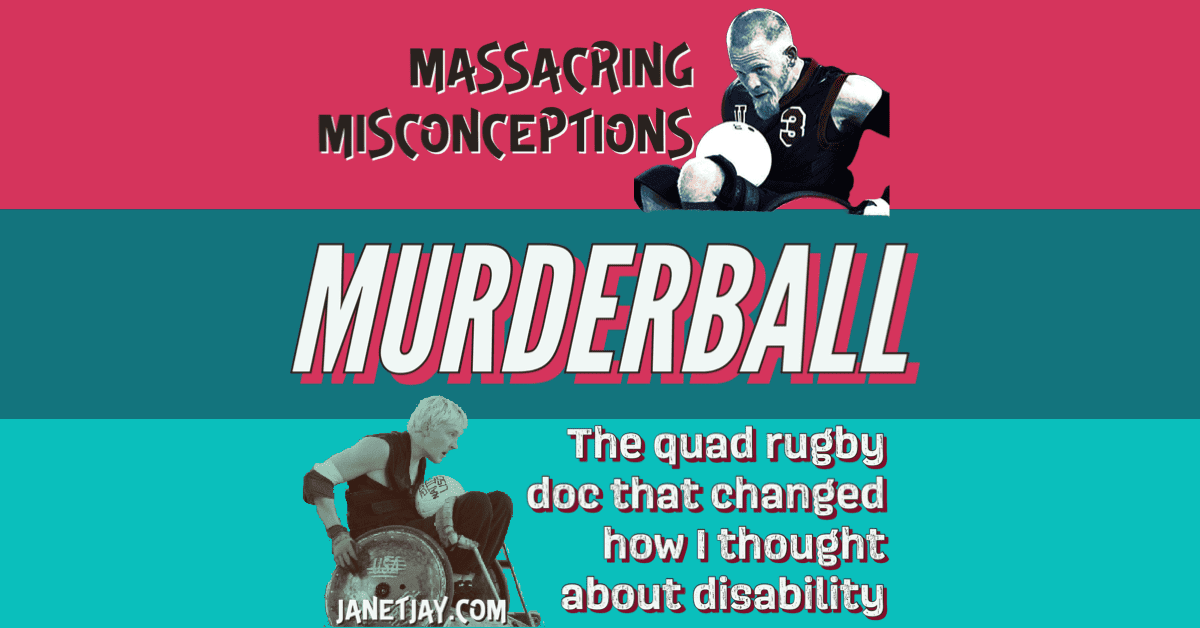
Wanna watch Murderball? Stream it legally on Philo or Fubo.tv. Or use your library card on Kanopy. Youtube also has multiple full copies of it up.
March 2024 update: Looks like Prime’s got it now too! Or you can just buy the dang DVD.
Here’s a TL;DR up front: If you’ve never seen Murderball, go watch Murderball. It’s a hell of a sports saga about quad rugby (murderball) teams, international rivalries, and competition at the highest levels. It’s also a human story about people who have been through some shit... and come out the other side with pride, self-confidence and the desire to slam into others in an armored chair. The quote below, from a many-year veteran of the sport, sums it up best:
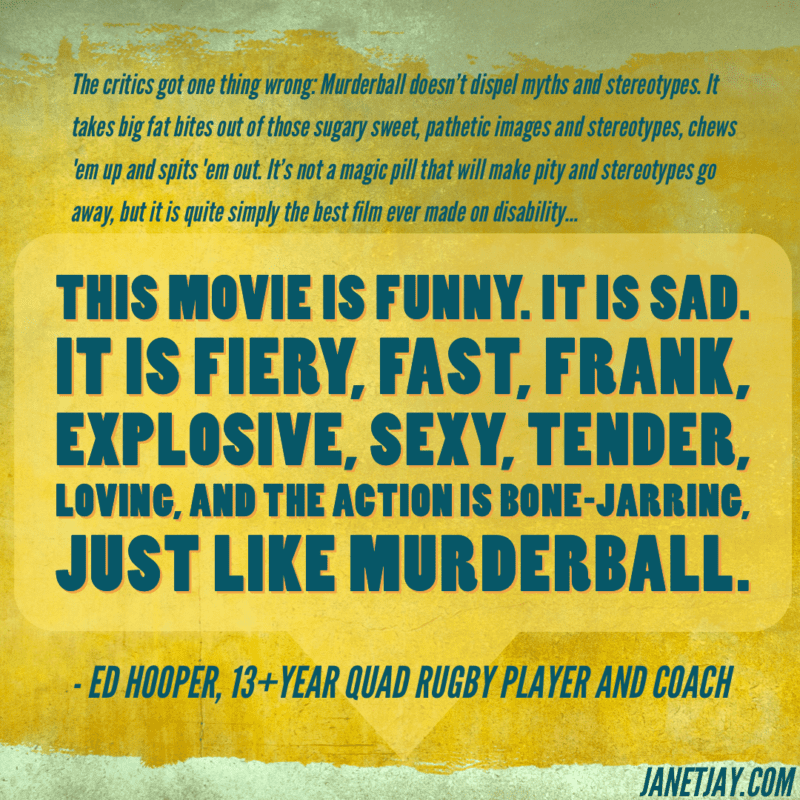
Killing it on the court
What even is the game of murderball (aka Quad Rugby)?
Quad rugby, originally called murderball, is a sport for people in wheelchairs who don’t shy away from, well, anything. It’s a weird mish-mash: played on a basketball court, with rugby-like interaction, using a volleyball and end zones like a football field.

“The chairs look like tricked-out bumper cars, with bucket seats, safety harnesses, angled wheels, and grills to protect the feet. When they roll over, the guys go with them,” explained the film’s producer Dana Adam Shapiro.
The rules go like this: four players on a side, ranked on their mobility on levels from .5 to 3.5, depending on their ability to move their upper bodies. Team mobility rankings cannot exceed a total of eight, so teams have to find a balance. “The most mobile players handle the ball,” said Shapiro. “The low-pointers act as human speed bumps.”
The documentary Murderball, disability theory and me
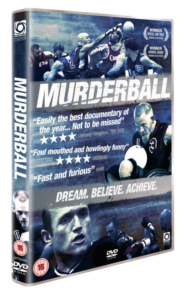
Murderball came out in 2005 and in some ways, it really changed my life. Today, between my freelance journalism, my work with the US Pain Foundation and my writing here on janetjay.com, I’ve spent the last few years pretty firmly in disability spaces. So it’s not easy to wrench my brain back to where I was in 2005. I was only beginning to learn to advocate for myself and constantly struggling with the idea of what qualified as “disabled,” or even just “disabled enough.” I wasn’t in a wheelchair so it didn’t apply to me, right? With my life-warping invisible disability I didn’t fit in with the able-bodied, but there wasn’t a home for me in disability spaces either. (At least that’s how it felt.) And I certainly didn’t have anybody I could ask who had been through something similar.
Off the Court
Murderball is the opposite end of the spectrum: when most people picture “disabled,” they envision someone in a wheelchair who is paralyzed in some way, like the paraplegic and quadriplegic members of the quad rugby teams featured in the film. (Now one of the highest-grossing documentaries of all time!) But there’s more to it than what’s going on on the court. The film spends a lot of time showing the daily lives and routines of these men (and they’re all men), talking about how life has and hasn’t changed for them, in terms of health, sex, family, sport, and how they’re perceived.
“One thing that’s cool, when you’re watching [Murderball] with an audience: People first start watching the movie, they see us as, ‘Oh my God, these guys are in wheelchairs.’ And then, it becomes, ‘Oh my God, these guys are in wheelchairs playing a sport.’ And then, finally when it’s over, they’re not seeing the wheelchairs anymore, they’re just seeing us as athletes.”
Seth Hogsett, Team usa
Abilities, Assumptions, and Attractions

Misconceptions swirl around these guys, mostly about what they’re capable of (answer: just about everything you’re capable of). The kind of life-changing accidents that the stars of Murderball underwent certainly affected their lives and how they grew and evolved as people. At the same time, those accidents don’t change who a person is at their core. These are guys who are athletes and thrill-seekers at their base. They found their way through the darkness of their medical trauma into a new life that they have to navigate. If you’re an adrenaline junkie before breaking your back, an injury won’t change that. Murderball– quad rugby– is for THAT kind of paraplegic.
“The guys we got to know get up earlier, exercise longer, eat healthier, travel more, get hotter girlfriends, and most of them can kick our asses,” said Rubin.

Priorities
One of the most… let’s say “engaging” parts of the film is a frank discussion of sex while disabled. They discuss everything from the social– how people beat around the bush (pun not originally intended) about the question of whether someone can get an erection– to the physical. They even go into different strategies for getting it on despite physical limitations. (However, they also talk about playing up their limitations, “acting pathetic,” to get women. Which is… sad and gross and scuzzy. But some people are like that, sadly, and these are just people.)
…And weighing risk
Unfortunately, quad rugby isn’t for everyone. It’s dangerous– these players are absolutely risking further disability. And only certain types of disabilities qualify to play. And chairs are ridiculously expensive. Coaches spoke of having to turn away many who were inspired by the movie but didn’t qualify to play.
Deconstructing (Some) Defaults

How the film came to be, and the ways it changed the views of its able-bodied filmmakers, is an interesting story. First, editor Dana Adam Shapiro stumbled over a newspaper piece discussing the rivalry between two local quad rugby teams. I think many people would react the same way he did. He explained, “The article was pretty mind-blowing for me, because I had thought all quadriplegics were like Christopher Reeve — very mild-mannered and weak and fragile. Not playing this violent game and driving and having sex. I guess in my ignorance, I didn’t think quadriplegics would talk like that. And all of those stereotypes just started falling away.”
“The premise sounded horrible,” admits Rubin. ”If there was a documentary about disabled people on TV, I’d want to switch the channel to CSI. But you meet these guys and they just completely subvert every cliché you’ve ever had about someone in a wheelchair. They listen to speed metal, they drink Jägermeister, they pop Viagra, they have hot girlfriends, they play poker, they call each other gimps and cripples. And Zupan, he’s a filmmaker’s wet dream. That guy is so brutally honest, there’s not a fake bone in his body.”
The Murderball MacGuffin

The action sequences are all Murderball but the heart of the doc is its characters and their struggles. “Quad rugby was this great MacGuffin that got you into the room and created this structure and was very visual,” explains Shapiro. He noted that there is only about nine minutes of actual sports footage in the 86-minute finished product. “But, at the end of the day, the story is hard to tell about what it’s like to break your neck.”
New Limits In Old Rooms
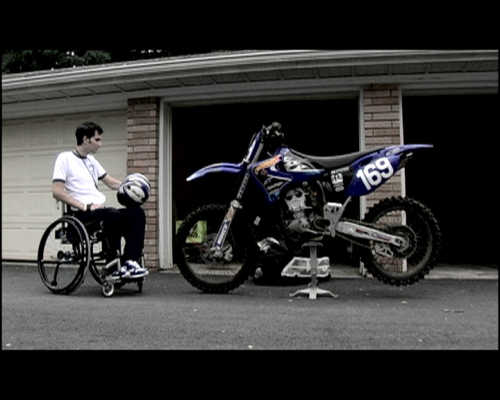
One of the most compelling threads in the film is that of Keith, a newly paralyzed 20-something in the process of examining his new world and its limitations.
For me, the most moving bit had nothing to do with murderball at all. It was the scene where Keith comes home from the hospital for the first time, up the new ramps to the front door, into the room he’s now stuck sleeping in because he can’t go up the stairs to go to his own bedroom.
It’s a quick moment, blink and you’ll miss it, but it’s the most honest in the film. Keith looks around, obviously haunted by who he used to be, as his family tries to be optimistic. And he can see them trying, and he tries to be optimistic for them. But he breaks, clutching for perspective but breaking the way anybody who went from healthy to a serious disability knows too well:
“Preach all you want– it could have been worse– but what’s normal will never be the same.”
Keith Cavill, Murderball
Murderball is a way of making the best of that new normal.

For him, as for many others, quad rugby promised normalcy, competition, masculinity. It was one shining hope, a lifeline among the new limitations that would define the rest of his life. And it’s obviously not just the sport, it’s the people. It’s the community. And the understanding, both of the limitations of quad life and the desire to still take risks and experience thrills.
We don’t all have disabilities that let us have these experiences. But it’s impossible to watch and not feel that yearning, that passion, that drive to continue to compete and achieve physically. If you have a disability, this film and these characters will resonate. If you don’t, it will teach you something. Either way, it’s a hell of a film that I cannot recommend highly enough.
When I started, this post was going to be a fun quick recommendation of a great documentary I remember loving. As I got sucked back into it, I started thinking more about masculinity, normalcy, assumptions about sex, and the gross way that the dudes in this film go about “acting pathetic” to get women.
There’s been some fascinating work done by academics analyzing the film over the years since its release. And, well, I’ve ended up with a whole other post a-comin’ on that topic.
So while you watch, keep in mind a few extra questions. Like “what is ‘normal‘,” “what is ‘manly,’” and “what other questions should these dudes be asking themselves once in a while?”
Are their social choices and actions, especially towards women, justified? Understandable? Scummy? Manipulative? A fair response to assholish cultural assumptions about sexual inadequacy? All these and more? I honestly have mixed feelings on the whole thing, and I’d love to hear your perspective.
All Murderball visuals I use in this post are thumbnails that were released as part of the official press pack. There’s no way to actually contact them anymore for actual permission / full quality images (trust me, I tried).
Pin these so you remember this is here!

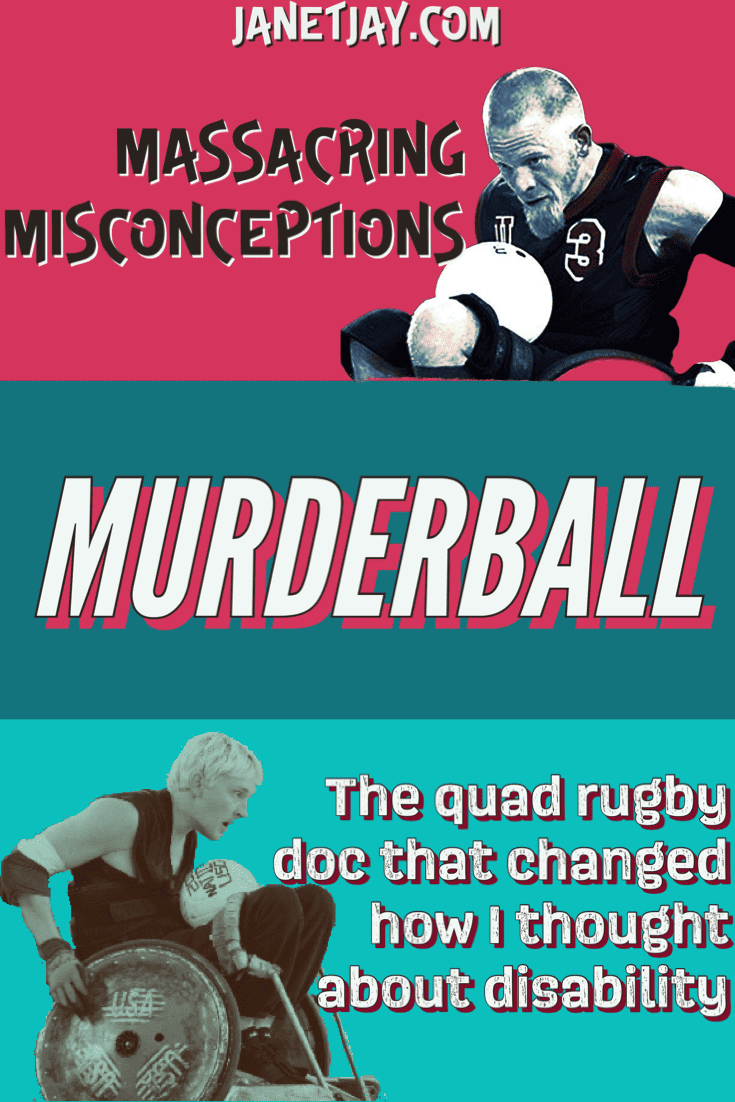




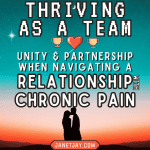








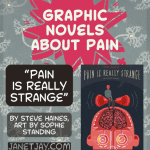






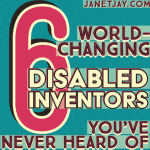


Leave a Reply